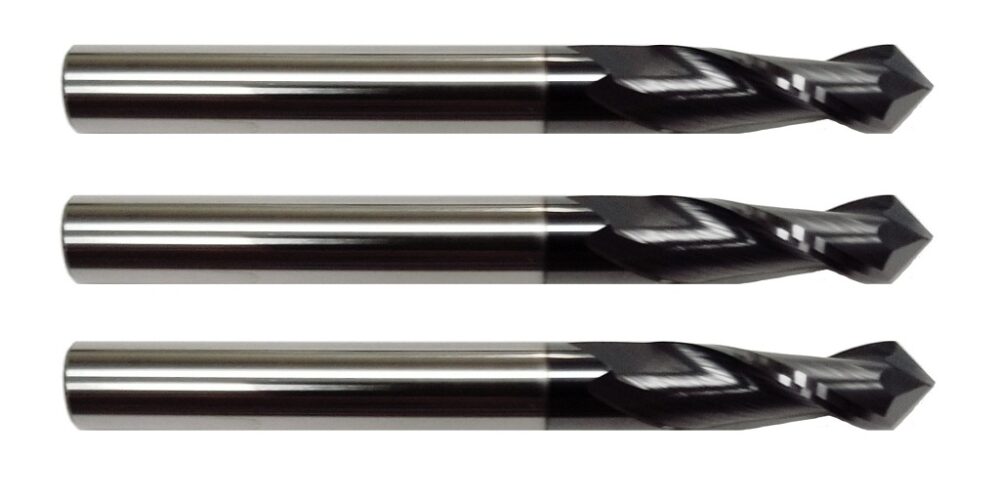CNC machining may have revolutionized the speed and efficiency with which some processes can be executed, but it comes at a cost.
The cost of precision, using the right tool for the job, caring for those tools properly, and investing in operator training, are all involved.
Don’t throw good money after bad. End mills, thread mills, and drill mills for sale are not cheap.
These are some of the most common CNC machining problems, how you may be able to identify them, and what you can do about them.
1. Tool chatter/vibration
Machine chatter occurs when the cutting tool vibrates at its natural frequency. This can be very loud, can damage cutting tools, and the milling machine, and will adversely impact the quality of the finished product.
Tool chatter can often be diagnosed just by listening, as it produces a very loud sound. It may be possible to rectify tool chatter by adjusting the RPM of the machine, using balanced tool holders, or by using variable end mills which resist attaining their resonant frequency.
2. Using the wrong tool
Using the wrong tool for a given cutting application, or a tool that has been poorly maintained, or has a broken, chipped, or dull tip, can exacerbate machining issues and leave a poor-quality finished product.
Using the wrong tool can cause heat damage to the cutting tool, accelerate wear, cause it to shatter, or leave rough marks on the finished product.
Be sure to use the proper tool for the given cutting application, to match the tool to the medium, and never to use a blunt, chipped, or damaged cutting tool.
3. Problems with clamping
If you can’t fix the material blank firmly in the chuck, it can cause a whole range of problems.
First, ensure that the workpiece is properly and firmly positioned in the chuck. Then, ensure that the jaws are correctly set and that the hydraulic pressure is adequate to secure the workpiece. You might also want to check that the chuck is adequately lubricated.
Never attempt to machine a workpiece if it is not securely held and properly positioned.
4. Improper tool maintenance
Only the right cutting tools for a given application should be used; they should be run at the proper speeds and coolant should be used (where applicable) to help prevent thermal stresses from damaging them.
They should also be kept clean. Dirty tools will not cut efficiently and will be more subject to wear. They may also compromise the finish on a workpiece.
Clean and maintain your cutting tools regularly and in instances where a coolant is used, be sure there is an adequate supply while cutting and that it is delivered under the proper pressure.
5. Programming errors/Inadequate work skills
CNC machines are controlled by computers that use special programming languages, CAD, CAM, M, and G-codes.
Incorrect programming, errors in code, and inadequate worker training can cause incorrect product positioning, errant motion sequences, problems with cutting depth or speed, and issues with the finished product.
Providing detailed instructional materials, training new operators, and having experienced operators oversee new employees can help prevent some of these issues.
Starting with High-Quality End Mills, Drills Mills for Sale, and Other Cutting Tools
If you’ve ever damaged tools, machines, or products before because of one of these errors, and need to replenish your stock, visit Online Carbide.
They offer a wide range of high-quality carbide cutting tools, including end mills, thread mills, spot drills, chamfer mills, stub drills, and drill mills for sale, all at excellent prices.
They offer manufacturer direct pricing on exceptionally high-quality carbide tools that are made in America, and low shipping rates as well – some orders even qualify for free shipping.
To learn more, visit OnlineCarbide.com or get in touch with them directly at [email protected].












